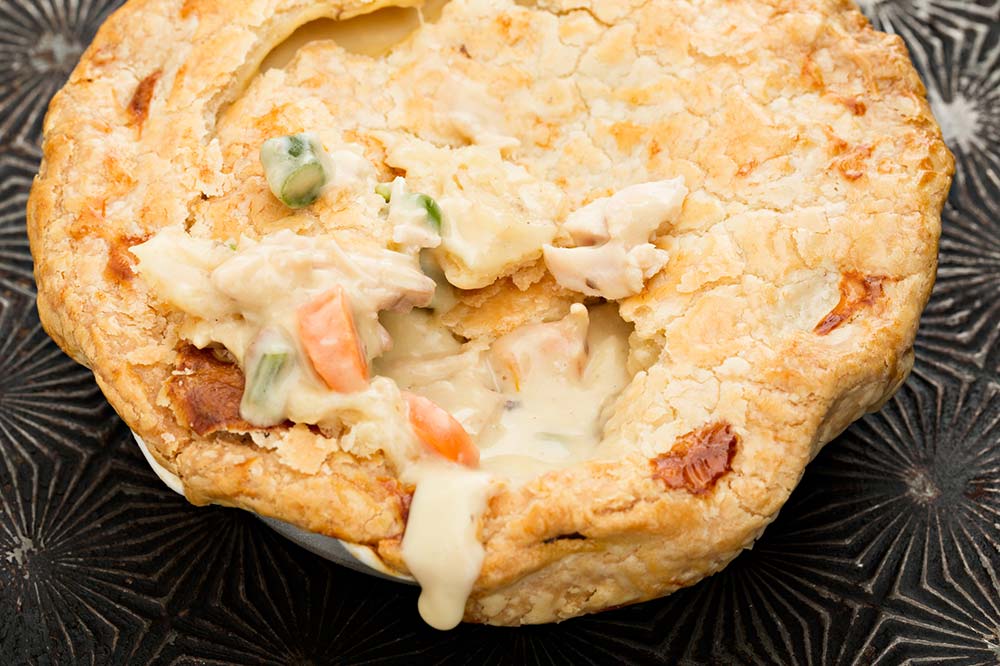Let’s face it: many restaurants out there have extremely bland menu descriptions. Last year, I went to Venice, and even some of their most breath-taking restaurants had such boring sounding menus, most of which simply listed the ingredients that were in each dish.
To me, this is one of the biggest problems as to why we spend so long looking at menus trying to decide what we want to order. There’s nothing that jumps out and grabs our attention. Now consider how many people walk past your restaurant every day and stop to read your menu, only to continue walking because nothing jumps out.
So many lost customers.
Today, we’re going to explore five essential, need-to-know tips on how to write captivating menu descriptions for your restaurants that will attract more customers and get people excited about what you have to offer.
Set yourself apart from the rest.
Let’s say you and a rival business are next door to each other and both sell pizzas.
Rival description: Margarita – Thin base, cheese, stuffed crust.
Your description: Margarita – A crispy stone-baked base is the foundation for velvety tomato sauce and melted mozzarella cheese, topped with sharp notes of basil leaf.
Which restaurant are you going to choose?
Don’t forget to check your grammar to make sure it’s correct for your readers. You can use blogs like Grammarix and Boom Essays to help you improve your skills and double check your work.

Break down the description.
When writing your menu descriptions, break the task down into three separate sections that make it easy to write, while ensuring you don’t forget any important details.
The three sections are: the name of the dish, the main ingredients, and the ‘sell copy’. Of course, the two first sections are vital, with the sell copy being that extra description that’s going to make people want to choose it. Your list of ingredients and sell copy can be combined, as we saw in the first example above.
Note that because you’re now likely printing more words on your menu, there’s statistically more chance that you’ll make a spelling or grammar error. Before publishing your menu content, use editing and proofreading services like UK Writings or Paper Fellows to perfect your descriptions.
Use words instead of images.
A lot of menus will incorporate images instead of a description, but this can cause many problems, especially in smaller restaurants. You’re setting an example of what the dish should look like, which then sets an expectation in the customer’ mind. In the case where the dish doesn’t look exactly like the image, many customers will automatically be put off by it — no matter how it tastes.
In other cases, using photos can also simply make your menu look tacky if you’re not careful. If you’re going to use images, use them sparingly. The goal is to look professional and inviting. Don’t ever eliminate text descriptions entirely. You can use tools like Easy Word Count to ensure your descriptions aren’t too long. 15-30 words (max) is a great place to start.

Describe the taste.
Some items and ingredients present on your menu are going to be a bit obscure, especially to some people who are unfamiliar with your style of cuisine and won’t want to risk spending money on something that they’re not going to like.
However, you can use your menu description to describe the taste of these ingredients, making it far more likely that people are going to try it — or at least understand what it tastes like. This means using words like: hot, spicy, earthy, crunchy, melt-in-your-mouth, sweet, salty, dry, and other descriptive words.
For example, for a lasagna dish, you could write something like:
A rich and creamy whole-wheat pasta dish filled layer by layer with refreshingly fresh onions and garlic, lathered in a succulent sauce and topped with imported, premium quality mozzarella.
Although this example includes many examples of descriptive words that you could use, doesn’t it just get your mouth watering and ready to try it now? If you’re short on ideas for descriptive words, try using a professional copywriting service like State of Writing or Essay Roo to help — or just a good old-fashioned Thesaurus.
Don’t force it.
While many customers may be enticed by your menu descriptions, remember that some people are already going to be aware of what they want, and won’t want to traverse a difficult-to-read menu trying to find it.
This means avoiding menu names like ‘My Mystery Dish’ or ‘Today’s Special’. Leave at least a hint in the name for the people who don’t want to read the description, like ‘Today’s Special Pizza’, or ‘Mama’s Traditional Cottage Pie’.
There are many benefits to adding compelling menu descriptions to your restaurant’s existing menu and many ways to implement them. Just remember, in everything you write, put your customer’s experience first to ensure that your descriptions will be a success.
Want more tips on how to make your menu work harder for you? Download our free ebook “How to Use Menu Design to Increase Your Restaurant Sales” today!
Gloria Kopp is a business and a marketing consultant at Australian Help. She works as a part-time content manager at Oxessays and is a writer at Studydemic review writing blog.






